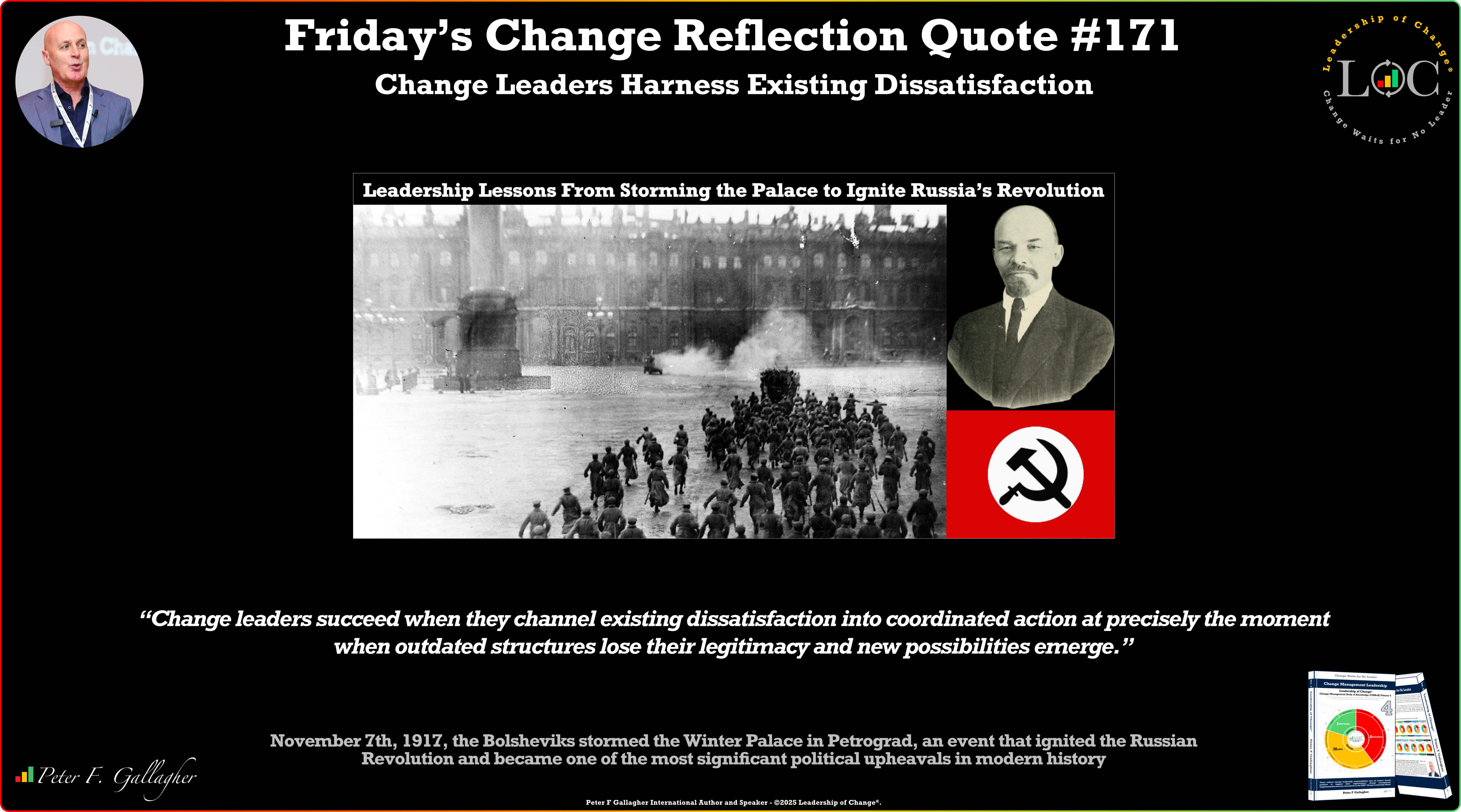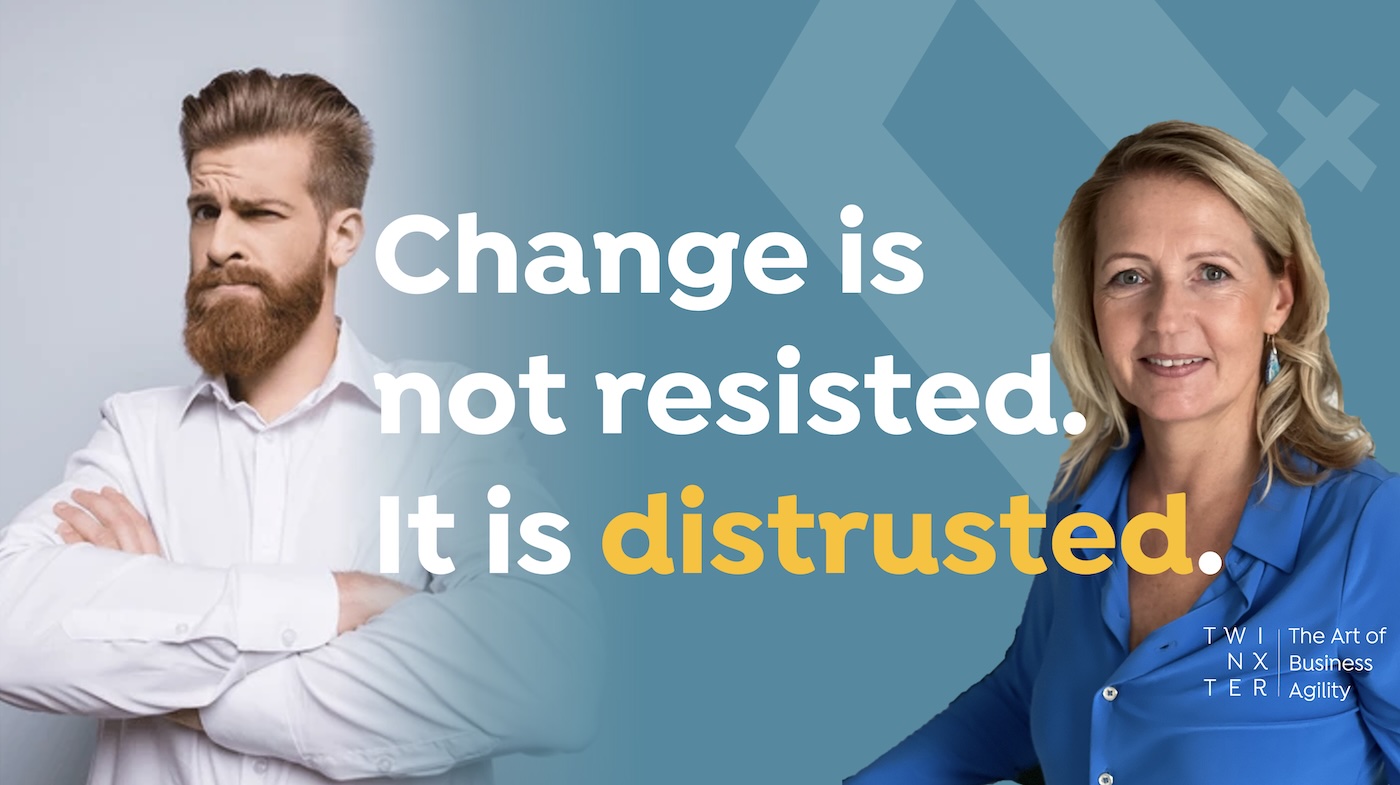Sep12

Sponsored by Sparkle.io
Do you know that Global email subscribers reached 4.26 billion in 2022 and are expected to reach 4.73 billion by 2026?
Most people are acquainted with receiving millions of generalized emails, which usually turn out to be ignored or deleted. A personalized one has a different story. It tends to meet needs, acknowledges individual preferences, and fosters relevance. As such, it leads to greater engagement and closer relationships with your audience.
Effective personalized outreach uses specific strategic techniques to make your message resonate deeply. In this guide, we're going to show you how you can optimize email personalization for maximum engagement and well-connected connections with your recipients.
Personalization of emails means effective outreach. It will show that you understand exactly what the recipient needs and what they are interested in. It means increased chances of engagement, too. Tailoring messages to personal tastes increases open rates, click-throughs, and conversions.
Email personalization is crucial since it has a direct impact on outreach efficacy, especially in the case of cold email outreach. Personalization is crucial with cold emails, as the recipient might not be acquainted with you or your company.
Personalization helps build trust, even in cold outreach, and strengthens the relationship between you and your audience, making them feel valued rather than just another name on a mailing list. Ultimately, personalized emails are more memorable and effective, leading to stronger engagement, customer loyalty, and better business results.
To truly unlock personalization, you have to go beyond simple demographics. One of the major ways to do this is through audience segmentation, which means division according to age, location, job title, past purchases, website interactions, or content preferences.
Another effective method is the creation of customer personas, which are highly detailed profiles of your perfect customers, including their objectives, difficulties, and motives.
Second, the technology of behavioral data tracking tools monitors how your audience is engaging with your website, emails, and other touchpoints to provide valuable insight for personalization.
Finally, periodic surveys and feedback solicitation keep you informed about evolving needs and preferences. Using such techniques will better enable you to create targeted messages that resonate with your audience.
It is impossible to overestimate the importance of personalized subject lines. They are the first thing the recipient sees when they open your email and have the power to make or break it. Customized subject lines work especially well to draw readers in and boost interaction.
First, use the recipient's name or the name of the firm to personalize the email and make it feel more engaging.
Include previous interactions, such as recent purchases or website visits, to make the email more relevant.
Use the dynamic fields in your email marketing software to automatically add customized information.
Use language that is time-sensitive and speaks to the recipient's interests to instill a feeling of urgency.
Lastly, you might get the recipient to read the email by posing fascinating questions that are relevant to their difficulties.
These strategies make sure your subject lines are attention-grabbing and increase reader engagement. Remember, 71% of consumers expect personalized marketing.
With dynamic content, this capability is taken to the next level-keeping the recipient engaged beyond the open by delivering relevant and personalized information. Moreover, with dynamic content, one can personalize the email body to the recipient's profile, thus making it an even more rich and engaging experience.
Dynamic content has the potential capability to increase click-through rates. Humanize the content of the email to better connect with the audience. Address every pain point of the recipient personally by showing that you understand where they are coming from, and you will work toward solutions that best suit their needs.
Adding personalized visuals to your message, like images from their location or interests, may just make your connection that much stronger. By setting up these tactics, you transform your emails from mass marketing letters into meaningful, one-on-one conversations-a practice that improves email marketing success.
Personalization and the effectiveness of email campaigns rely heavily on data. By utilizing customer data, you can create targeted messages that meet the recipient’s specific needs.
Website analytics, social listening tools, and feedback platforms provide further insights to refine your messaging and stay aligned with audience preferences.
Timing is another key factor in email outreach. Analyze historical data to determine the best times to send emails, and adjust for the recipient’s time zone. Many email marketing platforms offer AI-driven send-time optimization for each contact. Mastering data and timing makes your campaigns more personalized and effective.
The Importance of A/B Testing
A/B testing allows you to compare various elements of your emails to identify what resonates most with your audience.
To find out what attracts attention, start by exploring different customization strategies, lengths, and tones with your subject lines.
Compare copy lengths, layouts, and customization levels to find the ideal balance for your readership.
To increase clicks, the call-to-action (CTA) may also be improved by experimenting with alternative phrasing, colors, and positions. You may also investigate how engagement is impacted by the level of customization, whether it be subtle or more obvious.
Lastly, you may find the best days of the week or times of day for outreach by trying different send timings.
To measure the success of these personalized email campaigns,
Track key metrics such as the open rate, which indicates how many recipients opened your email, and the click-through rate (CTR), which shows how many clicked on links within the email.
The conversion rate reveals how many recipients completed the desired action, while the unsubscribe rate indicates how many opted out of future emails.
Lastly, revenue per email helps measure the financial impact of each email sent.
By consistently tracking these metrics and using the data to fine-tune your personalization efforts, you can continuously improve the effectiveness of your email outreach.
What is the best time to send emails for maximum engagement?
The ideal time to send emails for maximum engagement is on weekdays between 10 a.m. and 2 p.m. Tuesday, Wednesday, and Thursday are the most productive days. To choose the ideal timetable for your particular receivers, you may examine the behavior of your audience and try a few various times.
What are the 4 C's of email?
Clear, concise, compelling, and customer-centric are the four Cs of email communication. These guidelines guarantee that your email is clear, interesting, and needs-focused for the receiver.
What is a good email open rate in 2024?
In 2024, a good email open rate typically falls between 17% to 28%, depending on the industry. However, higher open rates can vary based on audience engagement, personalization, and email content.
By knowing your audience inside out, framing subject lines with relevance, and personalizing content, you will increase your engagement manifold. Use data efficiently and continuously test your approach to achieve better results with your email marketing.
The key to effective personalization is treating each recipient individually, taking their needs, interests, and challenges into consideration. Use the right strategies and tools, and you will be able to create attention-catching email campaigns helping you build meaningful relationships with your audience.
By Thomas Lore
Keywords: Marketing
 Friday’s Change Reflection Quote - Leadership of Change - Change Leaders Harness Existing Dissatisfaction
Friday’s Change Reflection Quote - Leadership of Change - Change Leaders Harness Existing Dissatisfaction The Corix Partners Friday Reading List - November 7, 2025
The Corix Partners Friday Reading List - November 7, 2025 The Trust Deficit in Change Programmes
The Trust Deficit in Change Programmes Management of Portfolio complexity a key to Supply Chain responsiveness
Management of Portfolio complexity a key to Supply Chain responsiveness Who Revolves Around Your Ambitions? Time to Find Out.
Who Revolves Around Your Ambitions? Time to Find Out.